Consumers have started to ignore many traditional advertisements. They realize the ad is a marketing action to get them to buy something. Sponsored content is a type of inbound marketing that doesn’t appear as an advertisement. It's much more effective than paid banner advertising. Native ads produce a CTR (click-through rate) nearly nine times higher than typical display ads.
Sponsored content is ideal for social media campaigns. It allows businesses to increase their brand awareness with creative and engaging content. By partnering with other brands, companies can increase their reach. In fact, 89% of marketers report that influencer-sponsored content is comparable to or better than other marketing channels.
Overview: What is sponsored content?
Sponsored content started with soap operas during the 1920s. At that time, radio was king. Radio stations created programs that told stories. Producing and distributing content was expensive, so radio stations approached household goods manufacturers for sponsorships.
Proctor and Gamble was the first to take advantage of sponsored content. They began marketing their laundry detergent on the radio. As the shows became popular, they were associated with soap and became "soap operas."
Sponsored content can appear as articles, infographics, and social media content, such as YouTube videos and social media posts. Brands will sponsor influencers or other companies to post about their products.
Sponsored content is an ad that doesn’t look like an ad. It feels like a natural part of the site. Companies use sponsored content because it feels more like a recommendation from a friend. It builds trust with your brand and provides value to the reader.
Sponsored content vs. native advertising: What's the difference?
Native advertising is paid advertising that matches the content of the media on which it appears. Native ads live on a webpage and link to a landing page, website, or wherever the brand wants to direct the reader. Here are some examples of native advertising.
- In-feed ads (sponsored content)
- Paid search ads (ads that appear at the top of your search results)
- Custom ads
- Promoted listings (usually on shopping sites, i.e., Amazon)
Sponsored content is a type of native advertising that involves a partnership between two brands. All sponsored content is native advertising, but not all native advertising is sponsored content.
Sponsored content comes in the form of videos, tweets, Facebook posts, Instagram posts, videos, infographics, paid articles, and more. The advertiser pays for the content creation and the influencer or publisher shares it.
10 examples of sponsored content to inspire your content marketing campaigns
Select the type of sponsored content you'll use based on two things: your social media content strategy and where your target market consumes most of its content. Sponsored content partnership opportunities exist on all the social media platforms as well as in print advertising and traditional media. Even small businesses can partner with other businesses to create mutually beneficial sponsored content.
Here are some examples of high-quality sponsored content from a few channels.
1. Taco Bell and Snapchat
Taco Bell sponsored a Snapchat filter for Cinco de Mayo. Snapchat is a photo-sharing platform that lets readers use filters to alter photos. Filters entertain users, and they got Taco Bell’s message out. The campaign generated a lot of customer engagement as Snapchat users created their own pictures with the filter. The Taco Bell filter was viewed 224 million times.
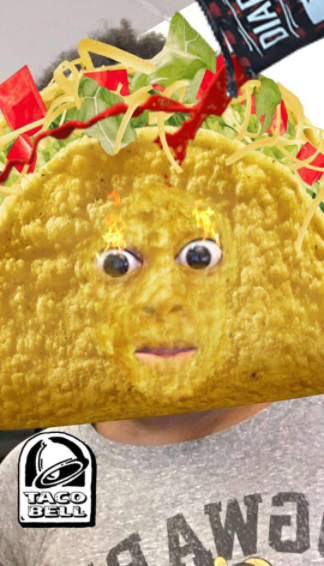
The fun Taco Bell Snapchat filter turns your head into a taco. Image source: Author
2. Spotify and Buzzfeed listicle
Spotify sponsored this Buzzfeed listicle, 15 Bands That Probably Wouldn’t Exist Without Led Zeppelin. It provides content that many music lovers find interesting and contains a call to action to listen to the artists’ music on Spotify.
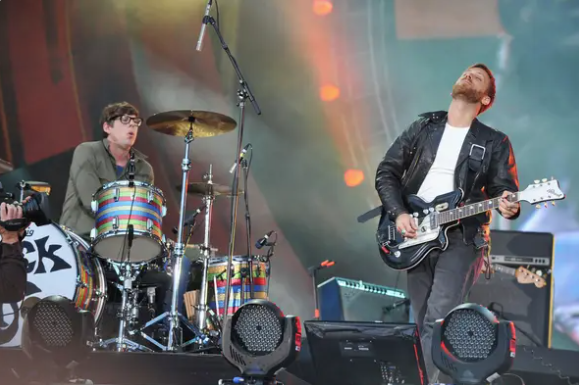
Spotify used a listicle to feature The Black Keys and other bands on Buzzfeed. Image source: Author
3. YouTube and Someecards e-card
YouTube sponsored Someecards to promote a few of their content creators. They used the satirical e-card website to promote Lilly Singh and Tyler Oakley. They created a basic e-card to be shared on social media. The most popular of YouTube’s e-cards was shared by almost 38,000 users.
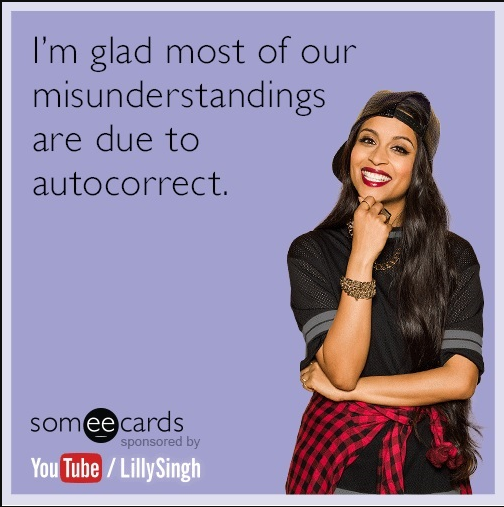
YouTube created an e-card with Someecards promoting one of their top creators. Image source: Author
4. Marks & Spencer and Daily Mail Online article
Marks & Spencer sponsored an article on the funky new flower trends for fall with Daily Mail Online. The article features photographs of the floral trends they want to promote. It's written in the style of the Daily Mail Online, so users won’t have trouble adjusting to it.

Marks & Spencer introduces new bouquets in a paid promotion featuring their fall autumn collection. Image source: Author
5. Flight Centre and The Telegraph article
Flight Centre teamed up with The Telegraph to sponsor the article, Plan a gourmet road trip around Australia’s top foodie cities. The article entices you to visit southern Australia and sample the delectable foods. It uses vibrant images to capture your imagination and encourage you to travel to Australia.
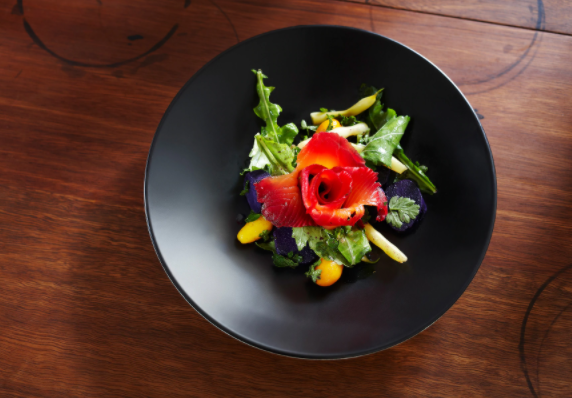
Flight Centre promotes travel to Australia through an article on the foodie cuisine in The Telegraph. Image source: Author
6. San Francisco Travel and Good Media infographic
This infographic, 7 Things you didn’t know about the Golden Gate Bridge, was sponsored by San Francisco Travel for Good Media’s website. It gives viewers interesting statistics they may not know about the bridge and the city.
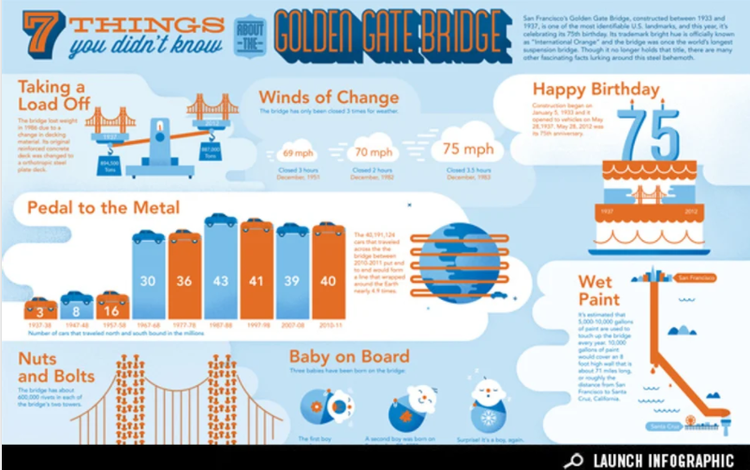
San Francisco Travel uses an infographic to present fun statistics to readers. Image source: Author
7. Jamerrill Stewart Large Family Table and Panda Pop video
Panda Pop promoted their game app on Jamerill Stewart’s YouTube channel. Jamerrill runs an online business helping mothers with large families plan and cook meals. Jamerrill featured the plush panda bears in her video and a clip of her playing the video game. She encourages her viewers to use Panda Pop as a fun way to relieve the stress that can come with being a mother.
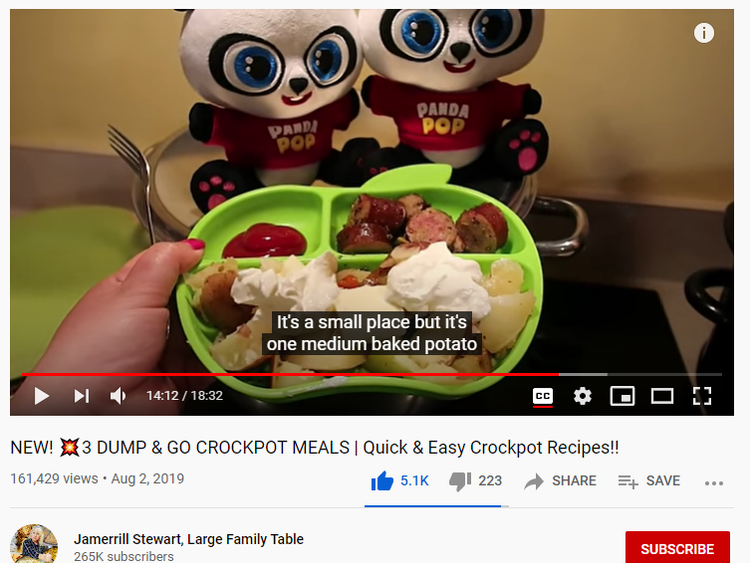
The plush Panda Pop bears make an appearance along with Jamerrill Stewart’s cooking content. Image source: Author
8. Mohammed Al Nazal and Dunkin' Donuts Instagram post
Mohammed Al Nazal is an Instagram influencer who promotes men’s fashion. Dunkin' Donuts teamed up with him to promote their signature gingerbread latte. Mohammed wears a stylish leather jacket with the Dunkin' Donuts sign in the background of his Instagram post. He encourages his followers to download the Dunkin' Donut app in his Instagram captions.

Dunkin' Donuts uses a sponsored post with Mohammed Al Nazal to promote their app. Image source: Author
9. James Corden and Starbucks video
Starbucks paid for a promotion on the Late Late Show with James Corden. They challenged James Corden’s staff to recreate their favorite Starbucks experiences at home. The staff created fun holiday decorations and drank their favorite Starbucks brew in the videos. The video aired and was then featured on their Facebook page. This created increased brand awareness for Starbucks in a fun and exciting way.
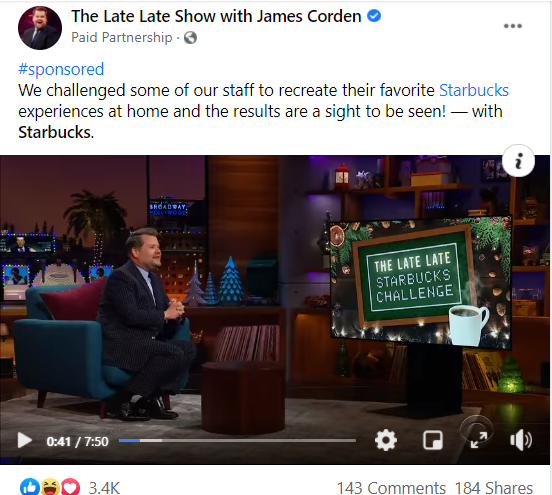
Starbucks sponsored a video on James Corden’s television show. Image source: Author
10. Deliciously Savvy and TreCeuticals Twitter post
Deliciously Savvy promotes all things related to family, food, and fun. TreCeuticals sponsored a review and a tweet with Deliciously Savvy. Deliciously Savvy regularly reviews different products related to personal care and home life, so this review felt natural to their audience. It was aligned with the brand’s goal to help people feel more confident in their bodies.
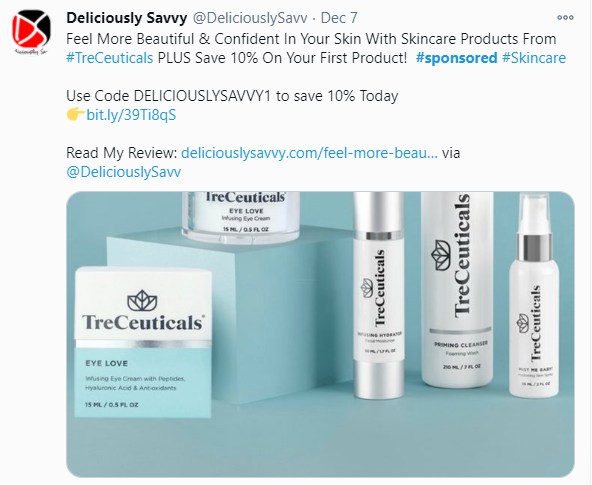
Deliciously Savvy reviewed the Treceuticals brand of skincare. Image source: Author
Tips for creating compelling sponsored content
Compelling sponsored content will get your audience to engage with your posts and follow through on your calls to action. Consumers relate better to sponsored content because it's presented by an influencer or brand they already trust. But not all sponsored content is a hit with consumers, so follow these tips to create exceptional sponsored content.
1. Communicate the purpose of the post
Your target audience is looking for information related to their personal goals when they view content. Sponsored content should be in line with their goals. These goals can range from gaining information to being entertained. If your content or posts don't move the target audience closer to their goals, they'll start to ignore future postings.
Effective sponsored posts immediately communicate to the user they will receive value if they pay attention to the content. Make it clear why they should spend time reading or viewing your content.
2. Make it intuitive
Sponsored posts are an introduction to something new that isn't normally part of their typical newsfeed. They may not know what to expect right away. An intuitive design will guide the user through your content letting them know what to expect. Visually engage the audience with strong copywriting, simple sizes, and typography.
3. Make it natural
Whether it's a video or a post, sponsored content should not come across as a blatant advertisement. An example of this would be as you scroll through your feed, you see pictures of a granola bar with a caption saying how much the person loves them. They'll see this as just another advertisement.
Prominently featuring the product is fine for native ads, but for sponsored content, it should seem natural. Customers want to see the product being used in the influencer’s environment. Using the product in a natural way is much more interesting and believable for the consumer.
4. Use great visuals
Beautiful photos are more likely to be shared with friends online. Poor photography won’t make the grade in sponsored content. No one wants to look at blurry or poorly cropped photos where you can’t tell what's happening. Make sure your visuals are high quality, created with an HD camera.
5. Limit use of text
Photos with a text overlay are often ads or memes. Readers can quickly scroll past them on social media. Sponsored content should look natural, so don’t place text on it. Limit text to your caption, and don’t use too many hashtags. This can make a post feel spammy and decrease engagement.
6. Align your mission
When selecting partners, choose a company with a similar audience and mission. Search for companies with a similar target market and a complementary rather than competing product.
7. Follow FTC guidelines
Sponsored content is subject to specific Federal Trade Commission online advertising guidelines. Influencers and brands must clearly state their financial connection to a brand if the content is sponsored. To avoid regulatory issues, many influencers and brands now include a hashtag such as #sponsored or #ad on social platforms to disclose a sponsored post.
Sponsored content increases brand awareness and trust
Whether your business is large or small, you'll find many opportunities for sponsored content from Twitter posts to YouTube videos. Sponsored content allows you to tap into new audiences and gain the trust of potential customers. A recommendation from an influencer can help build the trust consumers need to convert to a sale.
When looking for someone to sponsor your brand, keep an eye out for influencers or other brands that align with your mission. The more they align with your brand and have a similar target, the better the ad will perform. You'll also want to use social media management tools to track the return on investment for your sponsored content.
Our Small Business Expert
We're firm believers in the Golden Rule, which is why editorial opinions are ours alone and have not been previously reviewed, approved, or endorsed by included advertisers. The Ascent does not cover all offers on the market. Editorial content from The Ascent is separate from The Motley Fool editorial content and is created by a different analyst team.